An overlooked Picasso muse enters the spotlight, thanks to a new show in Spain
Throughout the 20th-century Dora Maar was overshadowed. Now the Loewe Foundation is giving her work the acclaim it deserves
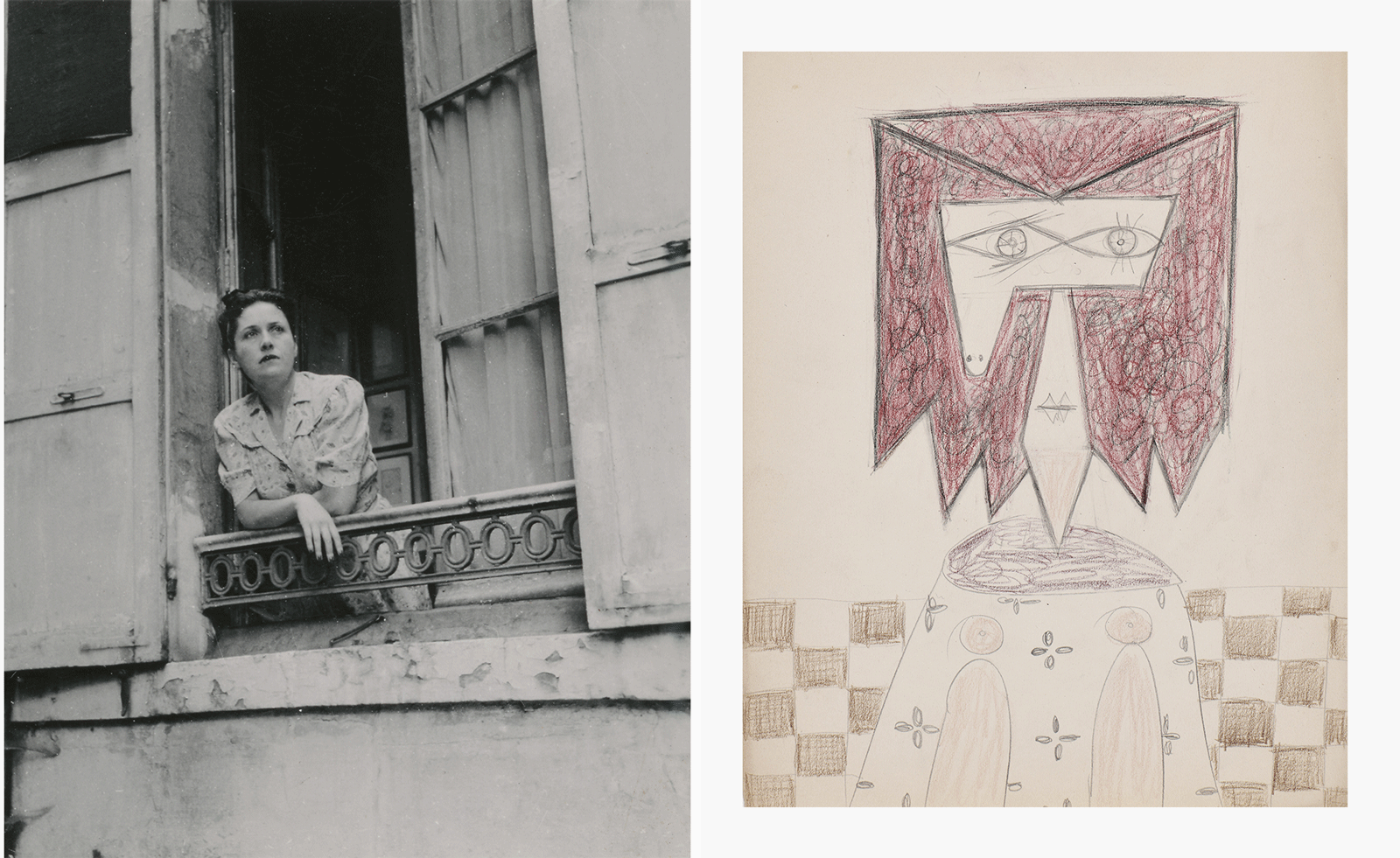
There was a time when Dora Maar’s legacy was in danger of being eclipsed by her association with Pablo Picasso. But as perceptions shift, Maar (1907 - 1997) is slowly but surely regaining her rightful place in the spotlight.
The French photographer, painter and poet was a prolific artist in her own right, moving from a career as a commercial and fashion photographer to a key figure in the surrealist movement. Her influence has now been acknowledged by the Loewe Foundation, which is showing her work at Museo Lázaro Galdiano in Madrid. The exhibition, 'Dora Maar: Photography and Drawings' unites her street photography in Spain with a previously unseen archive of works on paper.
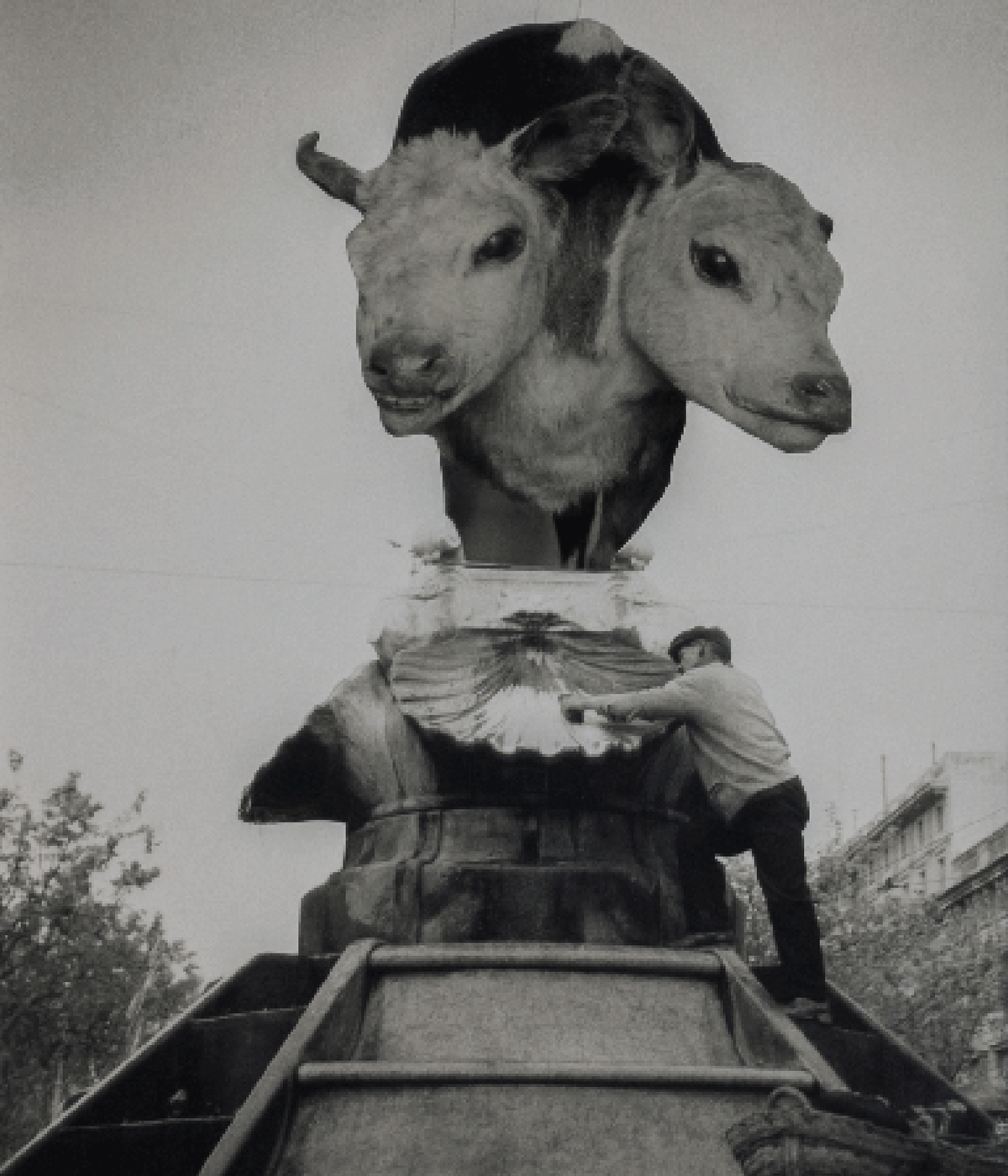
Etrange Fontaine, 1933, Victoria Combalía
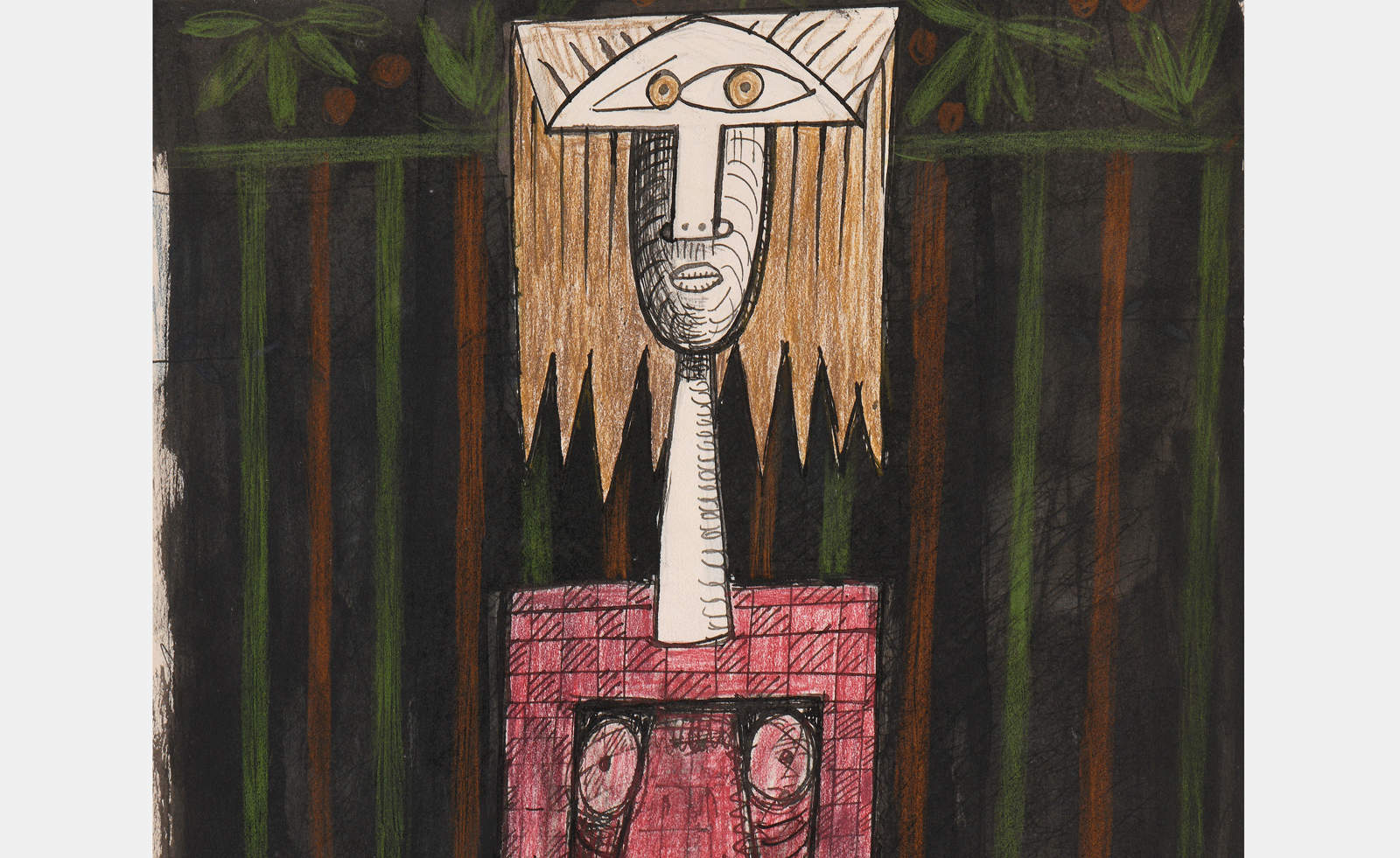
Dora Maar Woman in red, 1939, Galerie Boquet and Ambroise Audoin-Rouzeau
Maar’s drawings are deceptively simple; created in pencil and India ink, they appear at first glance to be impressionistic interpretations of domesticity, but soon spin off into more abstract mish-mashes of cubist forms, an early indicator of her surrealist future.
Before meeting Picasso in 1935, and becoming his muse, Maar was already established as an avant-garde artist. In the portraits and photographs on display, we see the Picasso through Maar's eyes. In one set of photographs, she documents how Picasso’s Guernica (1937), the artist's emotional response to the bombing of the Basque town, slowly develops over 35 days.
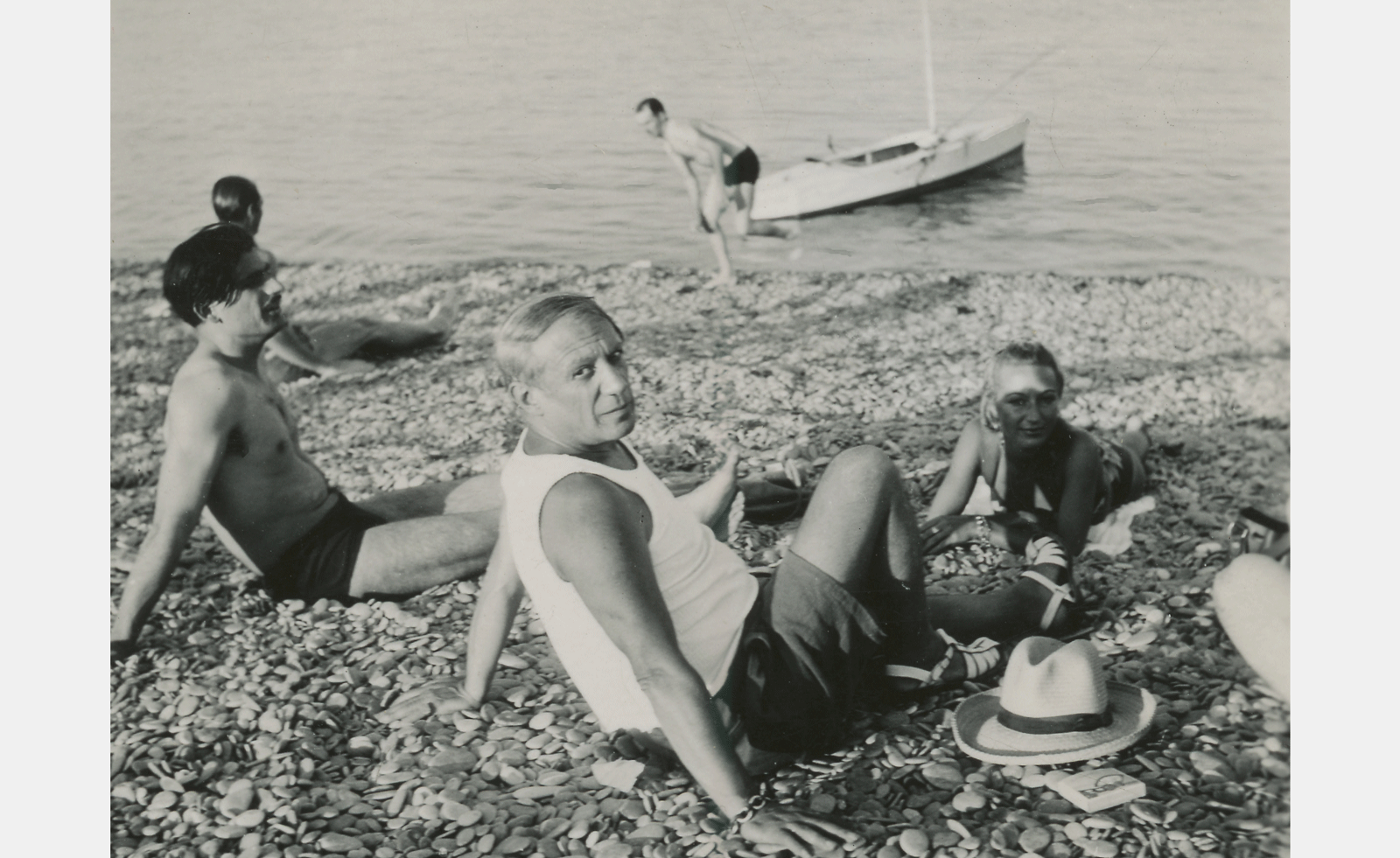
Dora Maar Pablo Picasso with friends on the beach, 1940 Throckmorton Fine Art
Elsewhere in the exhibition, we follow Maar to Barcelona, where she travelled in 1935 to capture the intense climate in the run-up to the Spanish Civil War. Her images of traditional street life – fisherman and basket weavers litter her photographs – are a jarring foil to the disadvantaged communities she photographed, from sex workers to impoverished elderly people. At a time when these people fell through the cracks of society, Maar’s acknowledgement was a surrealist bid to look below the surface.
Throughout, Maar’s commitment to representing the hidden, or uncomfortable is celebrated, making this show a timely, if overdue, retrospective for a vital 20th-century artist.
'Dora Maar: Photographs and Drawings' is on view until 14 September at Museo Lázaro Galdiano, Madrid
Receive our daily digest of inspiration, escapism and design stories from around the world direct to your inbox.
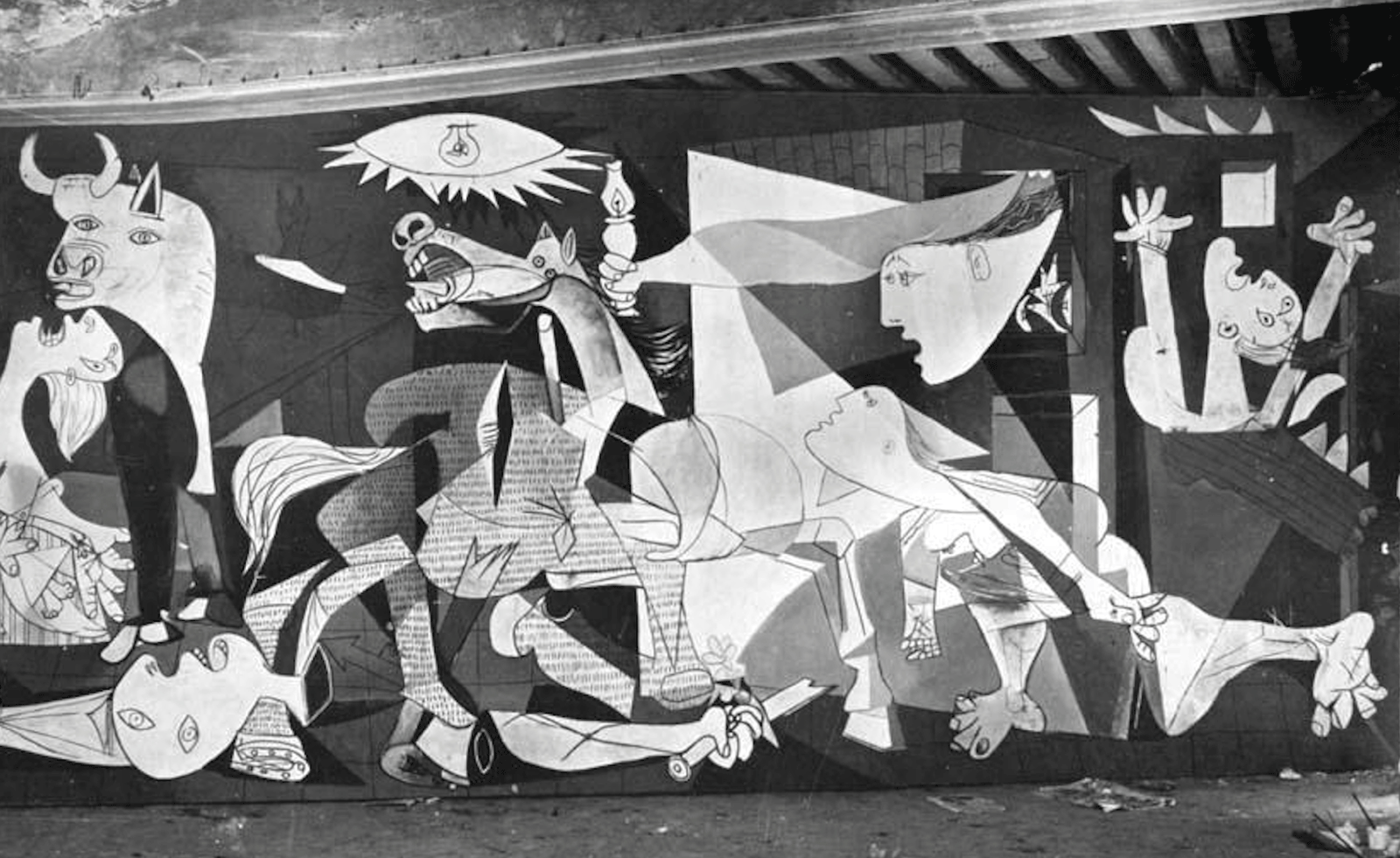
Report on the evolution of Guernica, 1937, Museo Nacional Centro de Arte Reina Sofía
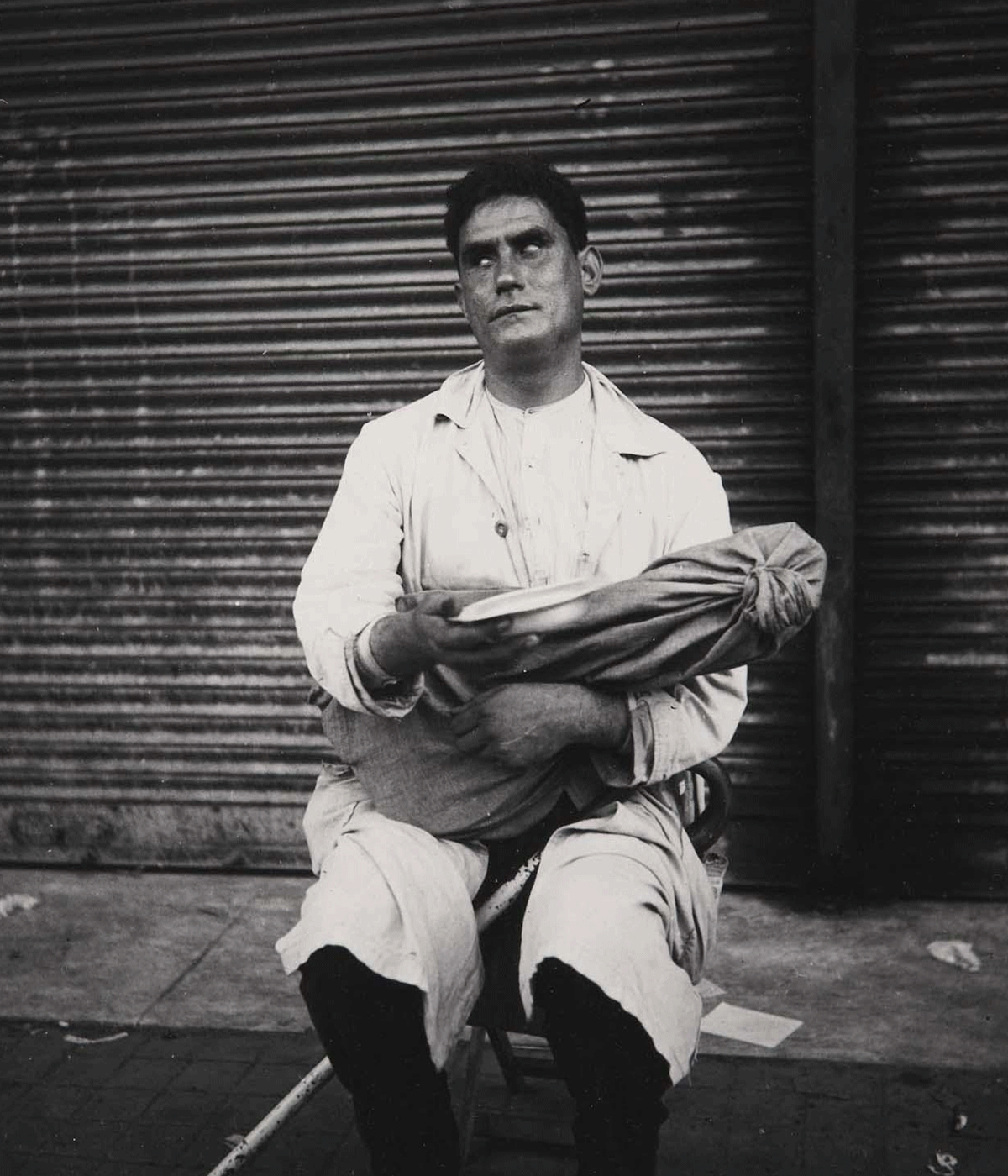
Blind Beggar, 1937, Museo Nacional Centro de Arte Reina Sofía
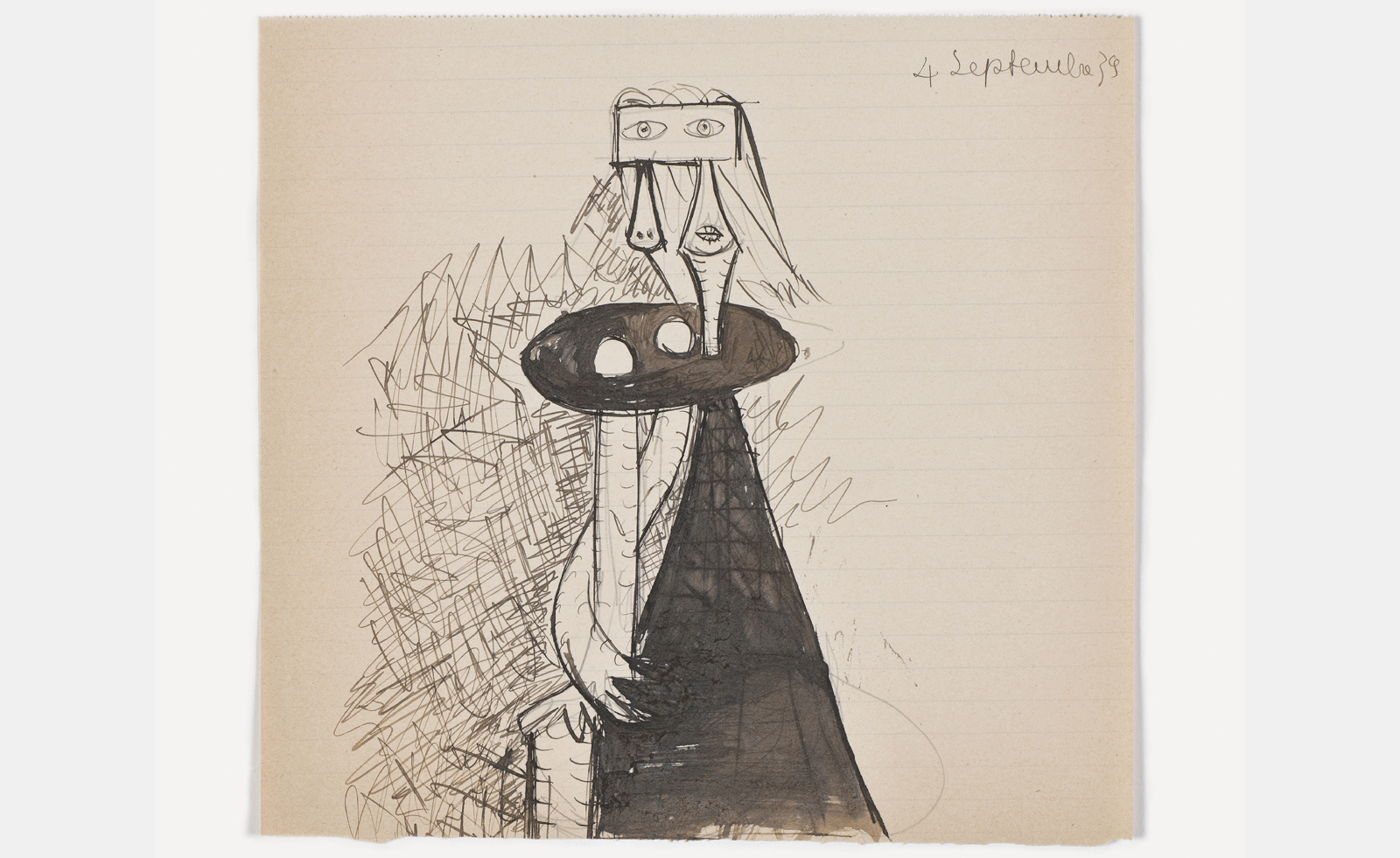
Self-portrait with cut breasts, 1939, Galerie Boquet and Ambroise Audoin-Rouzeau
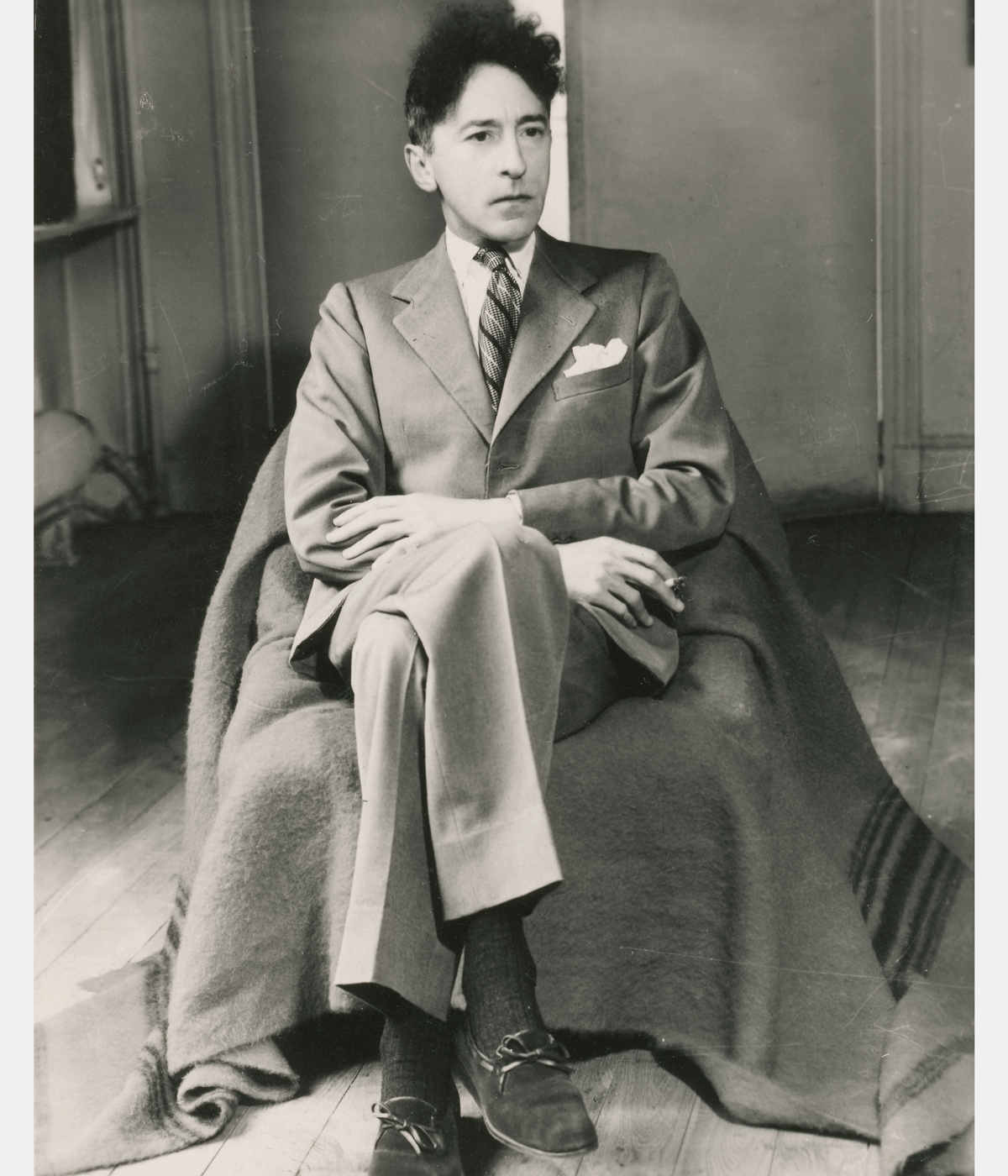
Portrait of Jean Cocteau, 1949, Throckmorton
Hannah Silver is the Art, Culture, Watches & Jewellery Editor of Wallpaper*. Since joining in 2019, she has overseen offbeat art trends and conducted in-depth profiles, as well as writing and commissioning extensively across the worlds of culture and luxury. She enjoys travelling, visiting artists' studios and viewing exhibitions around the world, and has interviewed artists and designers including Maggi Hambling, William Kentridge, Jonathan Anderson, Chantal Joffe, Lubaina Himid, Tilda Swinton and Mickalene Thomas.
-
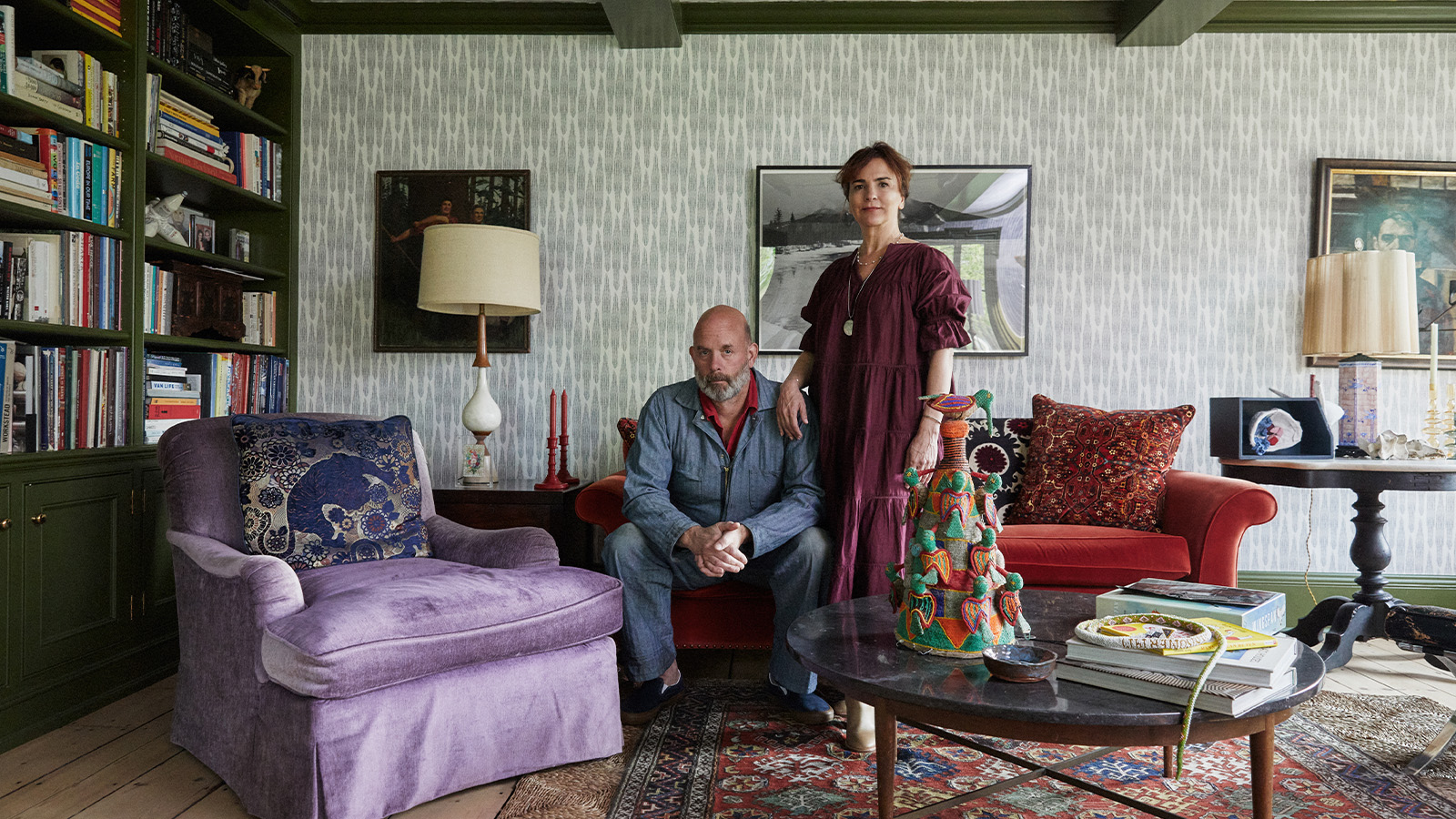 How We Host: Interior designer Heide Hendricks shows us how to throw the ultimate farmhouse fête
How We Host: Interior designer Heide Hendricks shows us how to throw the ultimate farmhouse fêteThe designer, one half of the American design firm Hendricks Churchill, delves into the art of entertaining – from pasta to playlists
-
 Arbour House is a north London home that lies low but punches high
Arbour House is a north London home that lies low but punches highArbour House by Andrei Saltykov is a low-lying Crouch End home with a striking roof structure that sets it apart
-
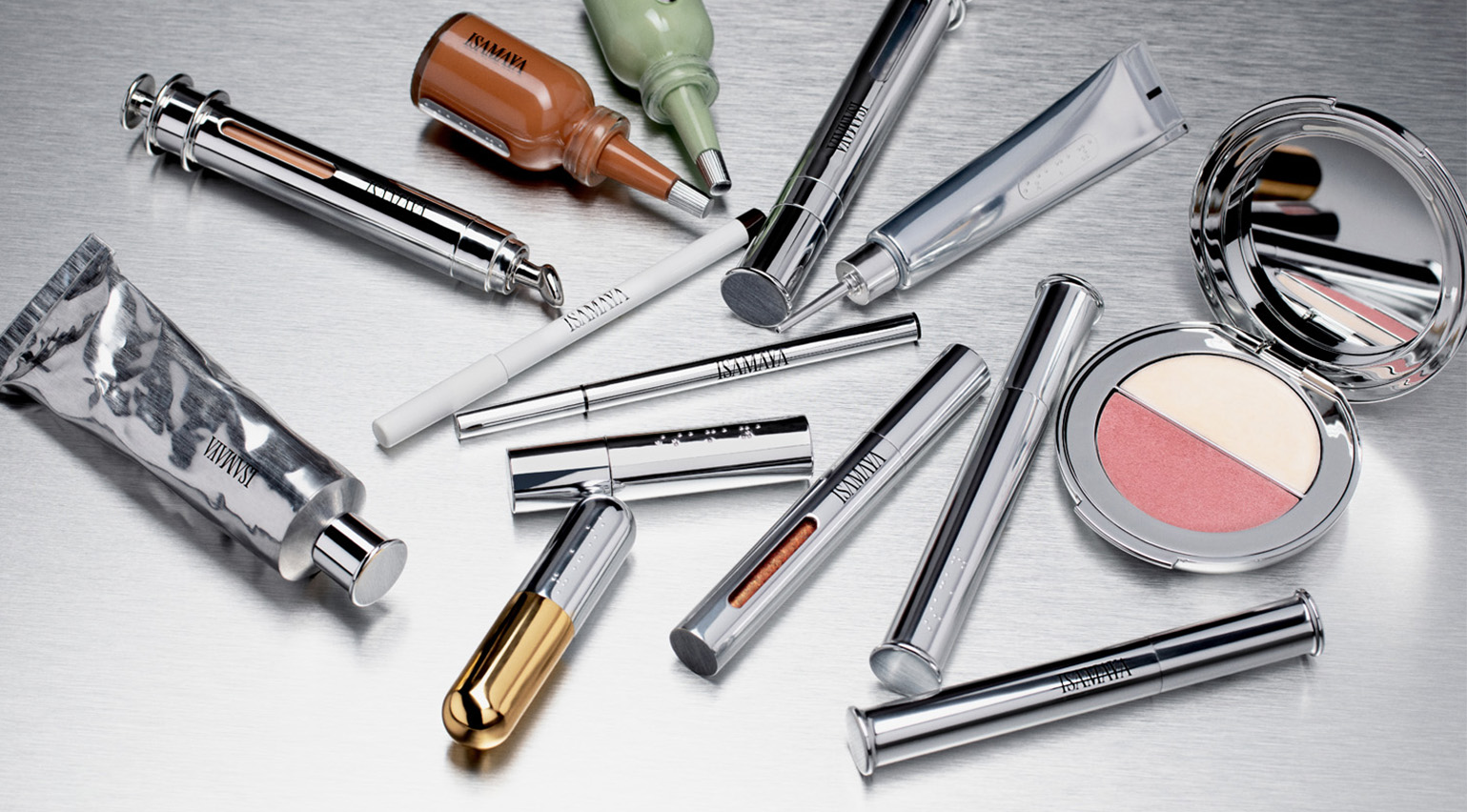 25 of the best beauty launches of 2025, from transformative skincare to offbeat scents
25 of the best beauty launches of 2025, from transformative skincare to offbeat scentsWallpaper* beauty editor Mary Cleary selects her beauty highlights of the year, spanning skincare, fragrance, hair and body care, make-up and wellness